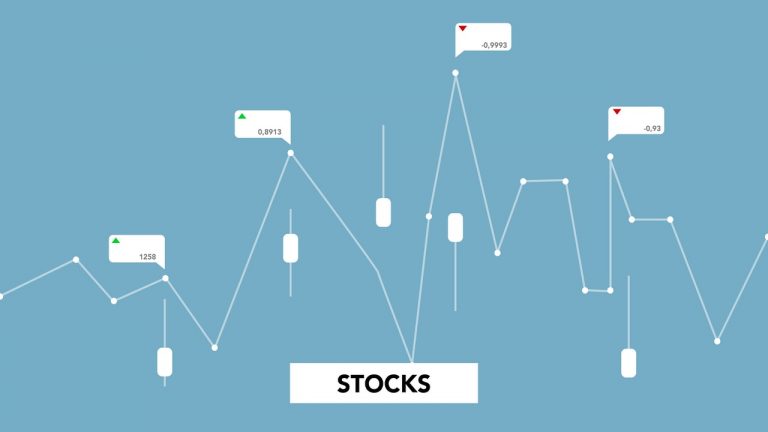The art of value investing requires a variety of techniques, one of which is an appropriate strategy. In analyzing the financial market and predicting outcomes, there are two schools of thought-Fundamental and Technical analysis. These two strategies can be used either individually on their own merits or combined to maximize results.
At face value, both techniques are equally effective. However, for someone looking to invest in the financial market, it is critical to understand how to benefit from each tactical approach.
Definitions
What is Fundamental Analysis?
The fundamental analysis mainly focuses on the essential value of a share and how its market price is affected by various economic factors. This type of analysis looks at anything from macro and micro-economic factors to industry financial reports. Fundamental analysis uses economic and financial indicators to establish the actual value of shares trading either over or under their current market value. The recommendation to buy occurs if the share is undervalued (under fair market value) or sell if it is overvalued (over fair market value)
What is Technical Analysis?
The technical analysis ignores all indicators and focuses on statistics that show the historical performance of the particular share in the market. Essentially, this strategic approach analyzes past price trends and uses them to predict future movements. Technical analysis operates on the premise that patterns repeat themselves. Analyzing price patterns is a beneficial technique when deciding when and how to trade.
Differences Between Fundamental and Technical Analysis
Fundamental analysis operates by analyzing economic and market factors in their entirety. Every influencing factor attached to the specific share is closely scrutinized, from the company to the industry in which it operates. The goal of fundamental analysis is to determine the value of a commodity and compare it to a fair market price.
This ‘fair’ market price is what the actual value of the share should be. This market price is what traders use to either sell shares that are overvalued or buy undervalued ones. While it is market forces that determine value, traders can use high-impact events to determine price movement. This information is what will dictate how investors trade.
This technique mainly focuses on financial performance, then develops a valuation based on this analysis.
Technical Analysis has a divergent view, however. It operates on the assumption that the market is always right. This strategy uses share pricing as the primary source of information and argues that it reflects an accurate valuation. Technical analysis also uses trends in price movements and trading volumes to give traders an idea of how and when to trade effectively.
Fluctuations in price also help analysts to project future up and downtrends and how often these changes occur.
Distinguishing Features Between Fundamental and Technical Analysis
Key Resources
- Fundamental analysis uses economic factors and financial indicators as the principal source of information. Technical analysis uses price movements as the only resource.
- For fundamental analysts, determining share price requires time to evaluate all influencing factors. In contrast, technical analysts believe that the share price is accurate at all times.
The focus on share price alone limits a trader’s ability to predict trends in the long term. Prices tend to fluctuate very often, and it is for this reason why technical analysis is a short-term venture.
Time Factor
The nature of research required for fundamental analysis makes it a long-term investment. Analyzing a company’s financial statements may spread out to months or even years. You can analyze price trends in a matter of days. Fundamentalists aim to identify and track a commodity they believe will increase in value over many years.
Fundamental analysis is essentially value investing because it estimates the veritable value of a share under the assumption that it will reach that value in the future. Technical analysis happens daily, however, as price and trading movements occur frequently.
Trade versus Investment
Fundamental and technical analyses operate on a different spectrum, which means they have disparate end games. Fundamental analysts are looking for a valuable long-term investment, while their technical counterparts seek to trade in the short term. To succeed in the financial markets, you need to specify your end game-do you want short-term profitability or a long-term investment? Fundamentalism focuses on the long term, while technical analysis is about short-term profits.
Bottom Line-Can You Combine the Two Strategies?
Once you understand how these two trading strategies work, you can effectively utilize their strengths equally. Technical analysis is all about market timing, knowing when to buy or sell. Fundamental analysis helps traders identify a share with potential, evaluate economic factors, and monitor it as a value investment. In principle, technical analysis can help you know exactly when to trade, while fundamentalism can show you what to bet on.




